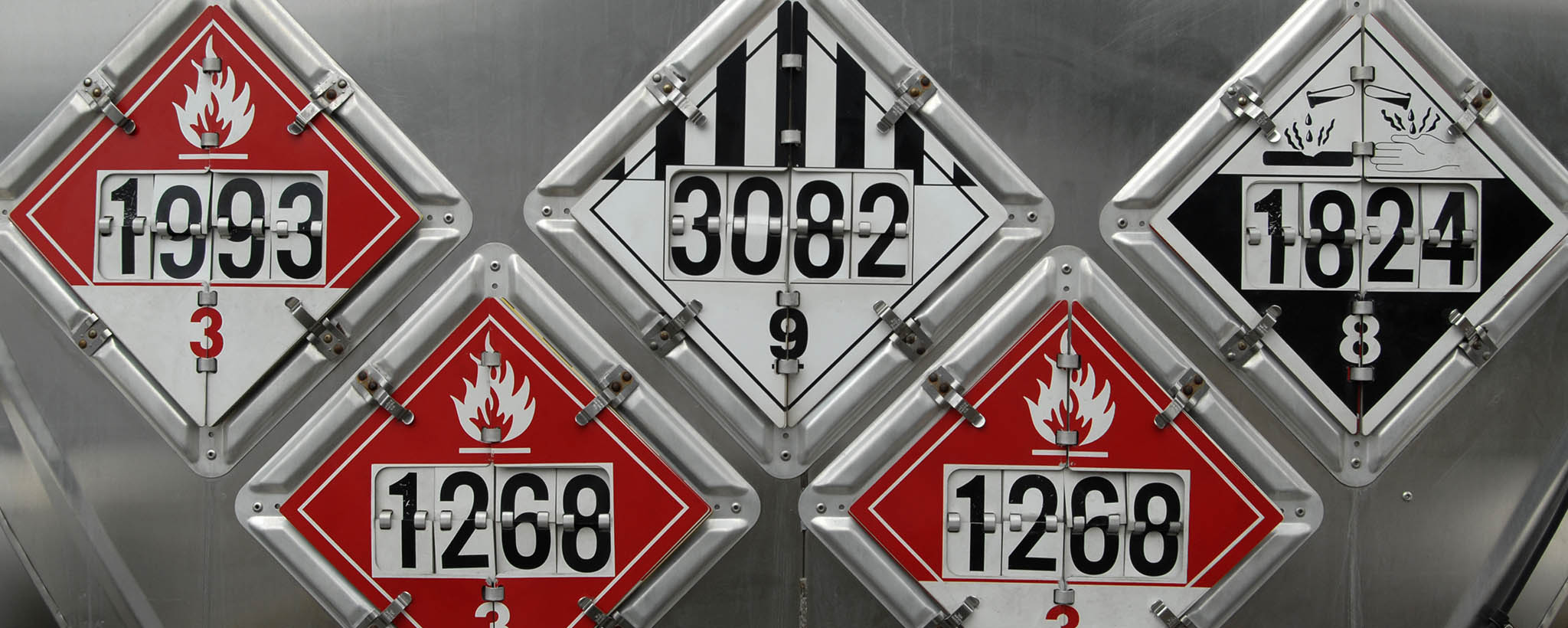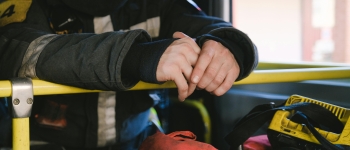Campus Emergency Phones/Call Boxes:
- Emergency phones and call boxes are directly linked to the Campus Police Department.
- Emergency phones and call boxes are labeled and located throughout campus buildings, parking lots, and pathways.
- Emergency phones and call boxes are monitored 24 hours a day.
Emergency Phones are labeled on the SF State campus map with an E symbol. To view the online map, please see the SF State Map Page.
What Are Hazardous Materials?
Hazardous materials include any substances that are:
- Flammable
- Toxic
- Corrosive
- Reactive
- Oxygenic
- Cryogenic
- Radioactive

If you suspect a hazardous material release, exposure, or danger, immediately notify University Police at (415) 338-2222.
Personal Exposure to Chemical Spills
If you or someone else is exposed to a chemical spill, follow these steps:
- Get yourself or the affected individual to the nearest deluge shower or eyewash station.
- Activate the shower or eyewash and flush the affected area for at least 15 minutes.
- Remove contaminated clothing while flushing the affected area.
- Use lukewarm tap water to flush the exposed area.
Note: Do not use water for substances that are water-reactive, or if you are unsure of the chemical. Consult with Environmental Health & Safety (EHS) and/or First Responders.
NOTE: Lab instructors or supervisors - isolate contaminated persons, obtain names and notify emergency personnel
Handling Procedures
If the spill does not pose an immediate danger to life or property:
- Evacuate and limit access to the affected area.
- Evacuations should be upwind and uphill from the release location
- Eliminate open flames and spark-creating operations.
- Provide a description of the material (solid, liquid, odor, color, etc.) and time of release to UPD. Be as specific as possible about the type, amount and location of material released.
- Provide time of release and information regarding the area of contamination, any hazards inside or outside the room or buildings, and information as to the materials involved or stored in the affected area
- Evacuate and limit access to the affected area
- Evacuations should be upwind and uphill from the release location
- Eliminate open flames and spark-creating operations
- Continue to move away from the source while trying to find a place to shelter-in-place (indoors)
- Await further instructions. Do not return to the area of release until campus authorities have given the All Clear

